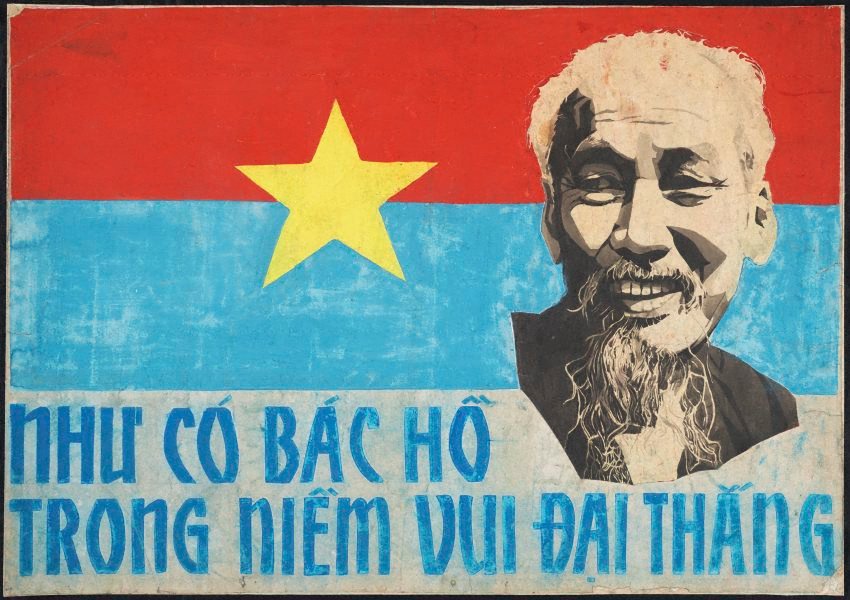-
Details
-
About
The Vietnamese began to produce propaganda posters in 1945 as a means of forwarding the national agenda of liberation and revolution. The posters contributed to the resistance first against the French and then the Americans by providing information to the general populace, boosting morale during the war, and, after 1954, encouraging support for a united Viet Nam. It was not until the late 1960s, however, that the North Vietnamese produced and used posters extensively. Ho Chi Minh asked artists to serve their country, and they responded by designing and printing posters, creating logos for stamps and money, recording the war visually, and producing art for exhibitions at military camps. Artists were paid by the Ministry of Culture or, if they were soldiers or officers, by the Ministry of the Interior or the Ministry of Defence. There were also a number of workshops that hired artists to design and individually paint propaganda posters. Almost all art created during this time focused on the war effort and related topics.
From the North Vietnamese perspective, the posters primarily emphasise the country's ability to fight until it had achieved its objective of unity and independence. To do this they depict positive images of labour and industrialisation based on the Soviet and Maoist socialist-realism art form. Clear, simple slogans in the posters rallied people, and the inclusion of heroes and historical images and concepts ensured that the poster images were easily recognisable. Images of schoolchildren indicated the importance of raising the next revolutionary generation. Because of their straightforwardness, the posters effectively communicated to the population the North Vietnamese government’s policies during the war. They encouraged people to view the fight against the Americans as both resistance to imperialism and a nationalist struggle.
Asian Art Department, AGNSW, May 2011
-
Exhibition history
Shown in 2 exhibitions
See you at the barricades, Art Gallery of New South Wales, Sydney, 30 May 2015–29 Nov 2015
Correspondence, Art Gallery of New South Wales, Sydney, 10 Sep 2022–2024
-
Bibliography
Referenced in 1 publication
-
Macushla Robinson, See you at the barricades, Sydney, 2015, 47.
-
-
Provenance
Deborah Salter Fine Art, pre 2008, Hanoi/Vietnam, purchsed by Deborah Salter Fine Art in Hanoi. Purchased by the Art Gallery of New South Wales, Dec 2008.
